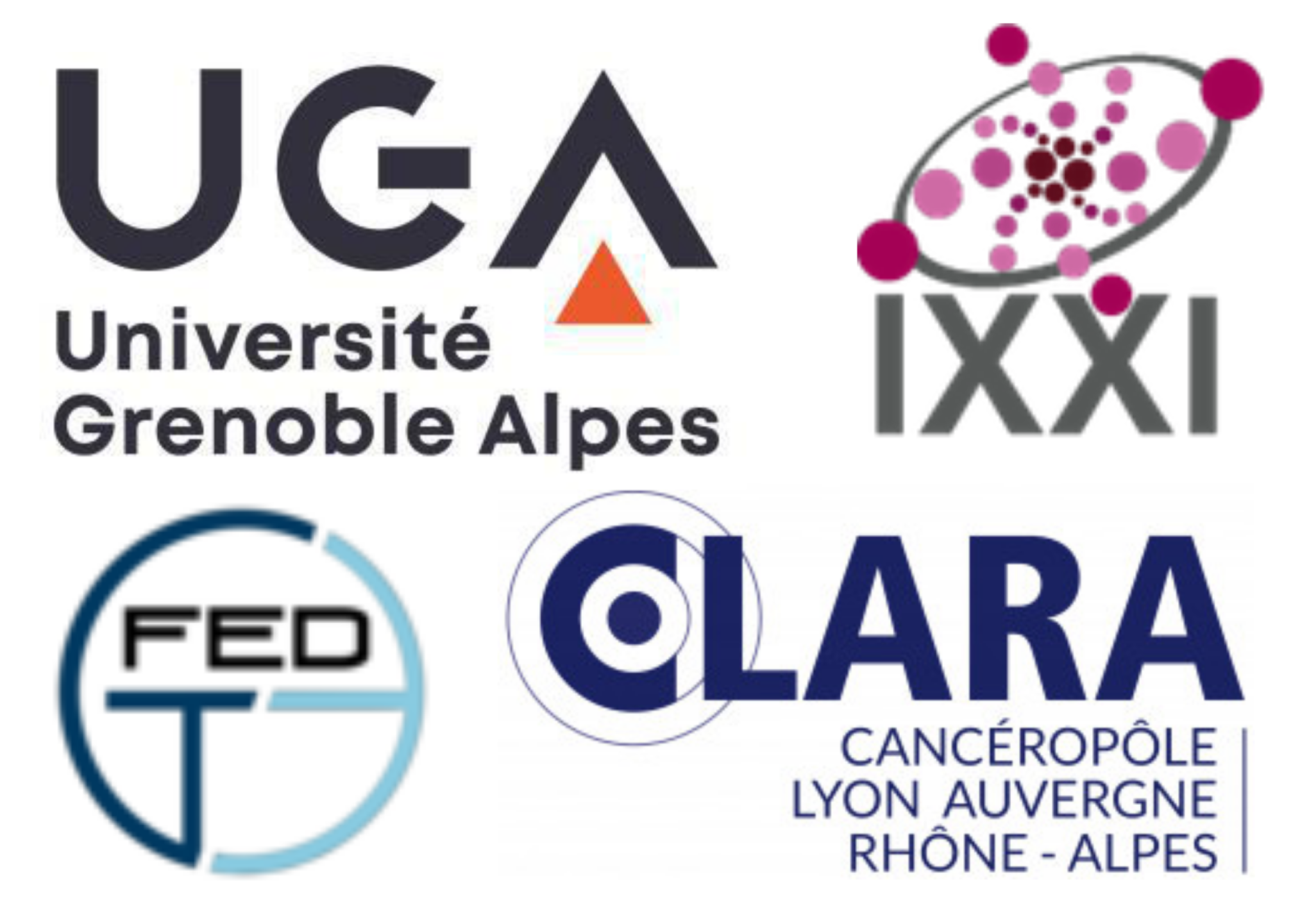Chirality, defined as the property of an object not being superimposable to its mirror image, is a conserved feature, with critical implications in biology, including physiological processes such as tissue morphogenesis and embryonic development. Recently, both individual cells and cell collectives have been shown to exhibit spontaneous chiral symmetry break when constrained on confined surfaces or when migrating. Despite the lack of a clear molecular mechanism explaining the manifestation of this intrinsic property, several studies point at a key role of the actin cytoskeleton in this phenomenon. In particular, actomyosin network contractility appears as a key determinant of chiral cell alignment and cell rotation. However, the exact contribution of contractile forces to the emergence and maintenance of cellular chirality remains to be elucidated.
Our project thus focuses on the role of contractility in establishing chirality among endothelial cell pairs. By confining cells on disk-shaped micropatterns of different sizes, we first show that cell doublets undergo spontaneous and persistent chiral swirling. We additionally demonstrate that both the rotation and the expression of this chiral phenotype are strongly dependent on the contractile forces produced by the actin cytoskeleton and their transmission to the underlying substrate. In particular, our results demonstrate that an optimal amount of forces and focal adhesion strength is required to maintain the persistent rotation of the cell doublets. We also show that any deviation from this optimum impairs not only the rotation of the doublets but also its bias, resulting in, either its enhancement or complete reversion.
Taken together, these results suggest that the balance of forces exerted within the cell doublet and their transmission to the substrate could represent important regulators of the emergence and maintenance of cellular chirality.


 PDF version
PDF version
